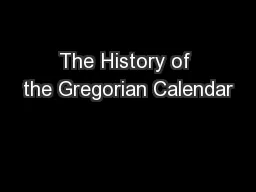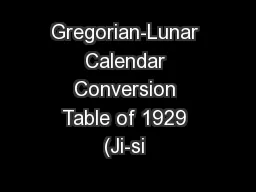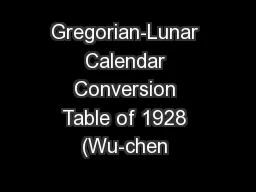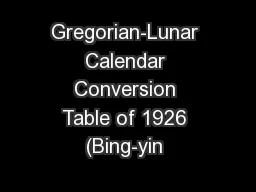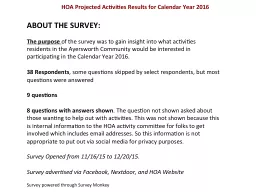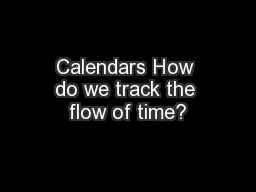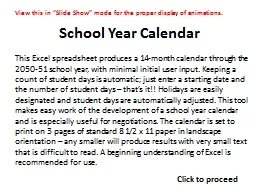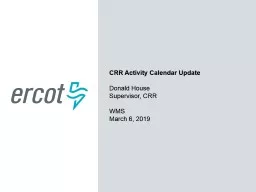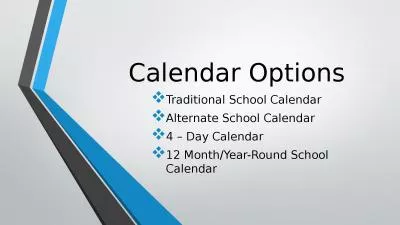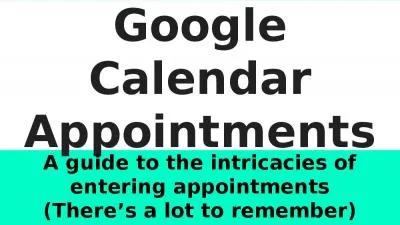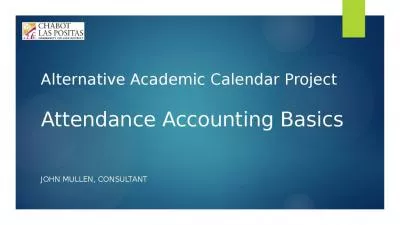PPT-The History of the Gregorian Calendar
Author : calandra-battersby | Published Date : 2016-04-22
Ed Staples Close up of My Watch Lunar or Solar The story of the calendar is essentially centred around the three natural cycles of the daily sun rise the lunar cycle
Presentation Embed Code
Download Presentation
Download Presentation The PPT/PDF document "The History of the Gregorian Calendar" is the property of its rightful owner. Permission is granted to download and print the materials on this website for personal, non-commercial use only, and to display it on your personal computer provided you do not modify the materials and that you retain all copyright notices contained in the materials. By downloading content from our website, you accept the terms of this agreement.
The History of the Gregorian Calendar: Transcript
Download Rules Of Document
"The History of the Gregorian Calendar"The content belongs to its owner. You may download and print it for personal use, without modification, and keep all copyright notices. By downloading, you agree to these terms.
Related Documents

